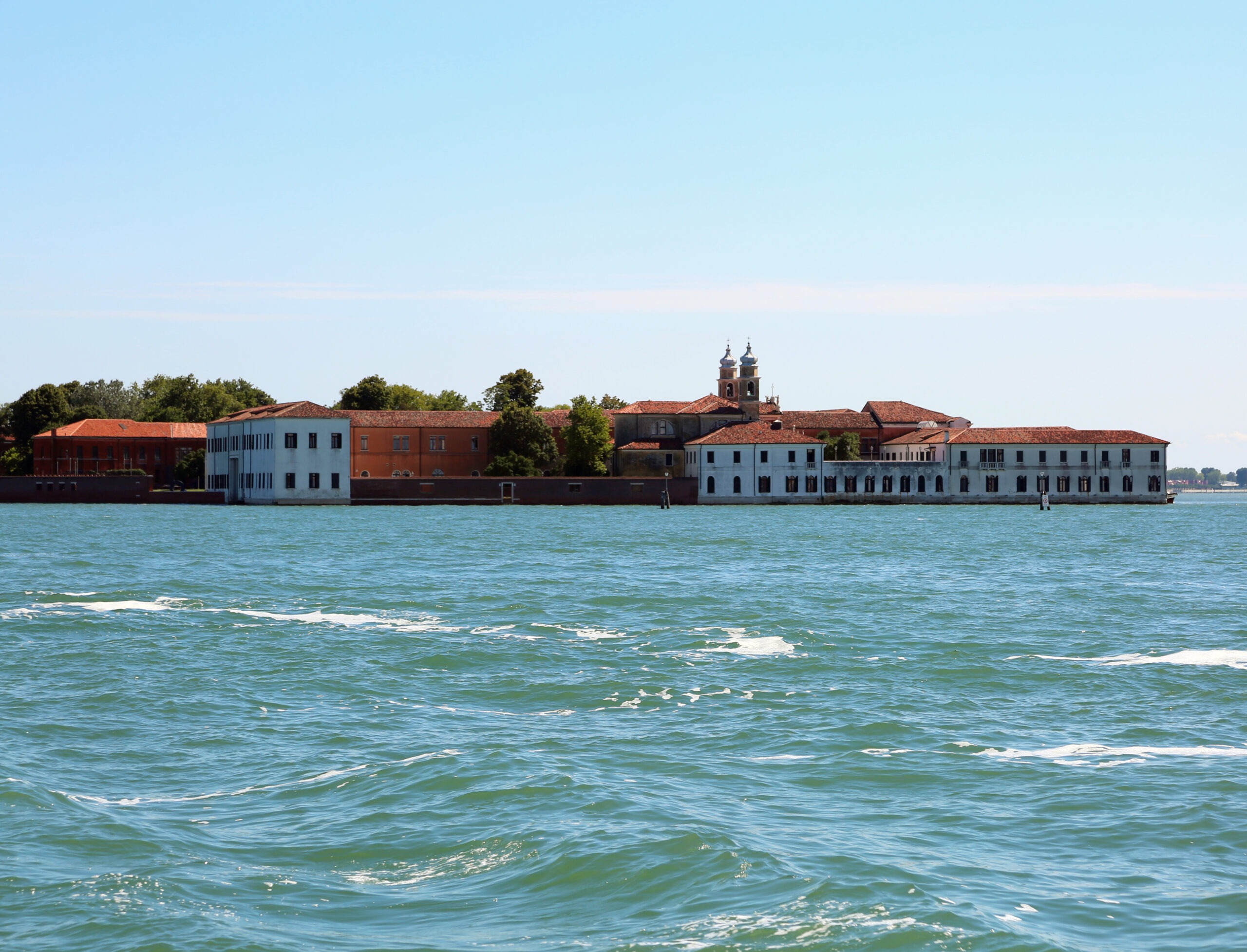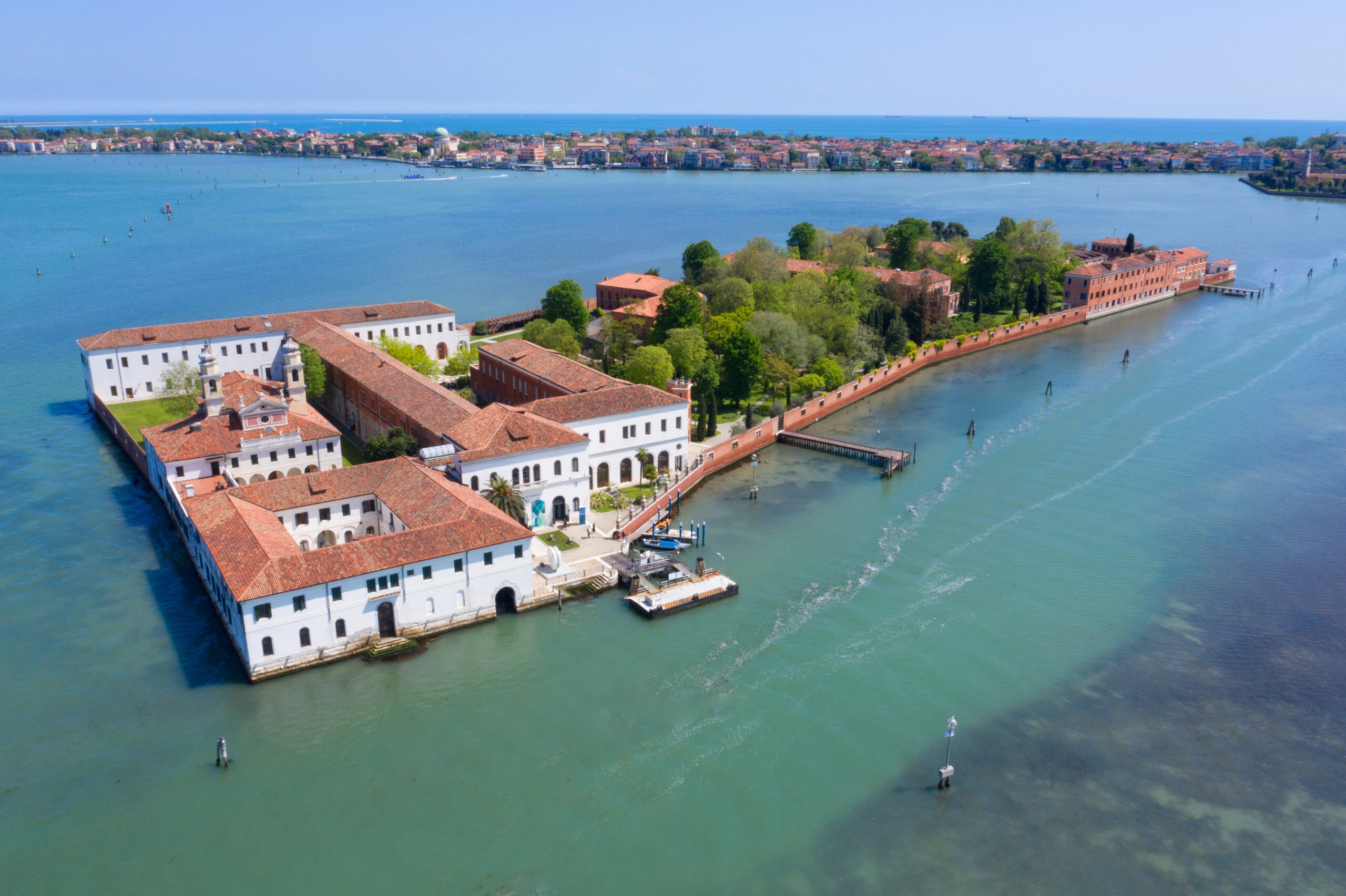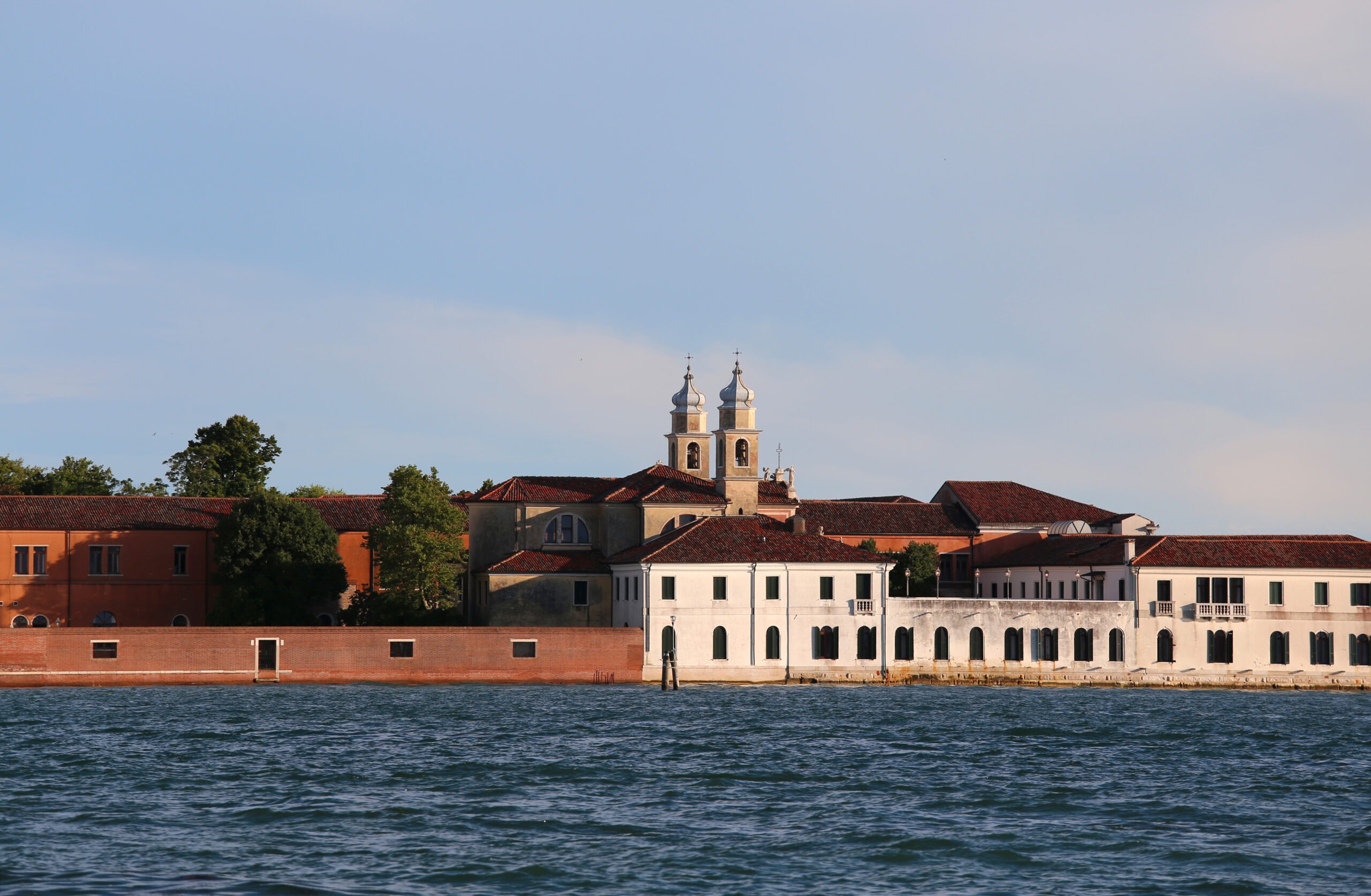The Insane Asylum Museum of San Servolo
Just ten minutes by vaporetto from the centre of Venice, there is a small museum that offers visitors a unique and unforgettable experience with its exhibits and documents of great historical significance for Italy: the museum on the island of San Servolo.
Here, you will be catapulted into a world of medicine, history, ancient and contemporary art, sensational views and panoramas directly on the San Marco basin. Those who visit the San Servolo museum will find themselves immersed in an experience of considerable emotional impact, providing access to a piece of Venetian history that, in fact, only came to an end relatively recently.
The Insane Asylum Museum of San Servolo:
a historical overview
Initially the site of a Benedictine monastery, later to become a convent for women, the island of San Servolo only became the seat of La Serenissima’s military hospital in around the 18th century.
During the 19th century, it became a sanatorium for men suffering from mental problems, which is why it is now called the former psychiatric hospital or former asylum. This establishment has not only seen the admission of men with psychiatric problems, but also the admission of well-known personalities in the history of Italy: starting with Benito Mussolini, who managed to have his wife, Ida Dalser, locked up there in order to marry another woman, Rachele Guidi.
Definitive Closure
The psychiatric facility came to an end with its definitive closure, sanctioned by the Basaglia Law of 1978, a measure that affected all asylums in Italy.
Since then, the Province of Venice has started a gradual process aimed at maintaining and enhancing the island and its facilities, with the aim of involving history lovers in a special project of multicultural promotion, restoring to us what we can now admire in the old asylum on the island of San Servolo: a heritage rich in artefacts and documents steeped in history, culture and art.



The visit to the Insane Asylum Museum
with me most important historical artifacts
Today, the Insane Asylum Museum is the ideal place to combine history and culture, to learn about and discover dramatic and fascinating pieces of Italy’s history, thanks to a museum open to the public that respectfully recounts the ways in which medicine and specialists have approached mental illness and mental disorders over the centuries.
The museum was inaugurated in 2006 and, with the help of captions, explanatory panels and exhibits, accompanies the visitor in discovering the ways in which, in the past, patients considered to have serious mental conditions were treated through practices of social exclusion, physical segregation and isolation.
The historical artefacts on display in the establishment are able to provide the visitor with a detailed account of the segregating and marginalising dimension of asylums, as it occurred in the history of Italy over centuries gone by, giving them a unique and unprecedented experience of great cultural and historical depth.
Historical exhibits
Among the most important historical exhibits on display inside the facility are documents and testimonies that tell the story of the life of the psychiatric hospital that remained active for more than 200 years, with the visitor even having the opportunity to look at medical records, registers, pictures and prints.
Inside the museum, there is no shortage of striking exhibits used for the physical restraint of patients: handcuffs, manacles and ankle locks; all tools that leave nothing to the visitor’s imagination and catapult them into the real-life conditions in which the patients imprisoned there unfortunately lived.
Instruments for “Therapeutic” purposes
Also of great interest is the display of clinical equipment such as that used for administering electric shocks, used for “therapeutic” purposes since the 1930s in Italy. But that’s not all; there are also instruments in the establishment that testify to the great importance given at the time to art and music therapy in the treatment of mental disorders: here, you can even admire a unique grand piano, paintings and art objects, which speak of how the everyday life of the patients in the psychiatric hospital was managed and how they were able to create “hand-made” artefacts.
The symbol of Venice
Inside the museum, visitors can also admire an original pharmaceutical structure dating back to the 18th century, where an immense and characteristic collection of herbal and pharmaceutical pottery vases can be viewed, all bearing the effigy of the winged Lion of San Marco (these were donated by the Republic of Venice to the hospital as a thank-you for the excellent work carried out on its patients).

The visit to the anatomical room
of the psychiatric hospital of San Servolo
Of great impact inside the museum is a visit to the “Anatomical Room”, a large room containing a vast collection of human skulls and brains, well-preserved thanks to the so-called “plastination” method, a technique that has even made it possible to preserve the natural coloring and facial features of patients.
The visitor’s exhibition ends with the “Library”: a large structure containing a wealth of books with more than 8,000 volumes, divided between religious and ethical texts.
The former psychiatric hospital building, now the Insane Asylum Museum, represents an excellent opportunity for visitors to learn about a piece of Italy’s history, modern medicine, its mistakes and its legacy.
The opening hours
of the Insane Asylum Museum of San Servolo.
The Insane Asylum Museum of San Servolo is open to the public every day except Saturday, Monday to Friday, with visits possible at 11:30 am and 2:45 pm.
It is also possible to book guided visits and group tours.
Books and information guides are available for sale to the public at the reception desk.
Are you ready for your tour of Venice in one day? Read our article on how to get oriented in Venice, get your tickets and leave now, with ATVO buses you leave from all over the eastern Veneto and get directly to the heart of Venice.




